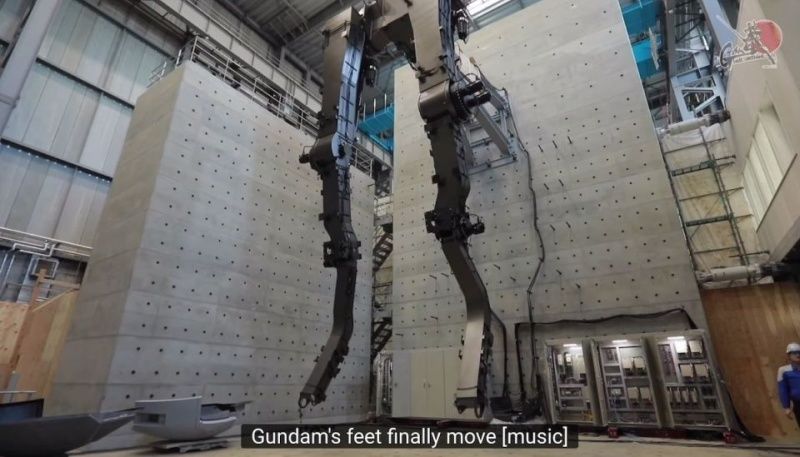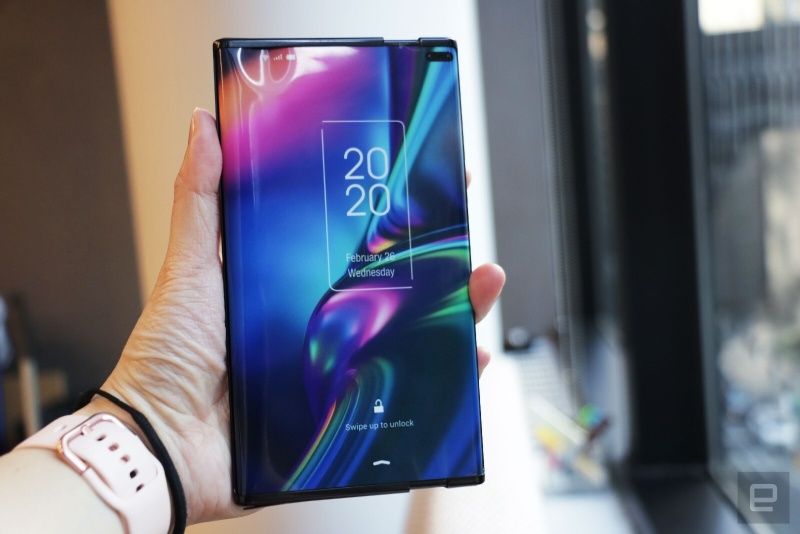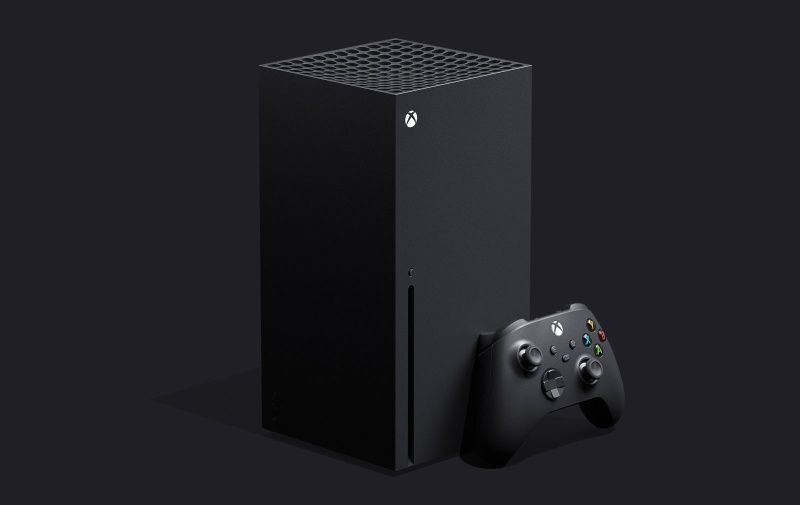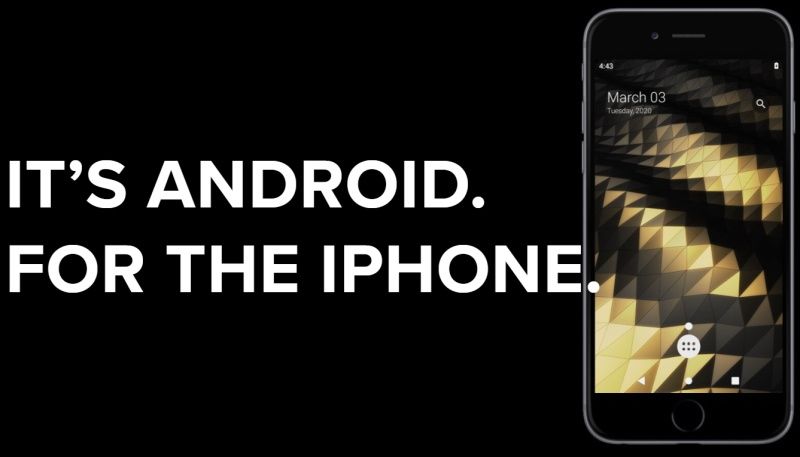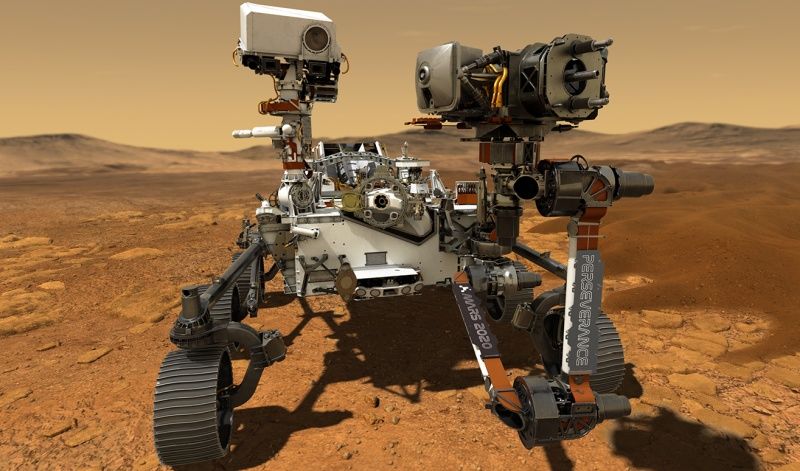Fixed-lens compact cameras
Why get a camera with a fixed lens when you could have a zoom that covers a wide range of focal lengths? The main reason is that lens (called a prime lens) has better optics than a zoom, so you’ll get sharper shots with minimal distortion. It also tends to be faster, giving you better performance in low light. Finally, fixed-lens compact cameras often have larger sensors, giving you good high-ISO capability and shallow depth of field for portraits.
The drawback is that reframing shots means physically moving closer or farther from the subject — aka, the “sneaker zoom.” That’s not very practical for action, wildlife and certain kinds of tourism shooting. If you’re into street photography, however, a fixed lens forces you to get closer to your subject and help your photography by making you more proactive.
Fujifilm X100V
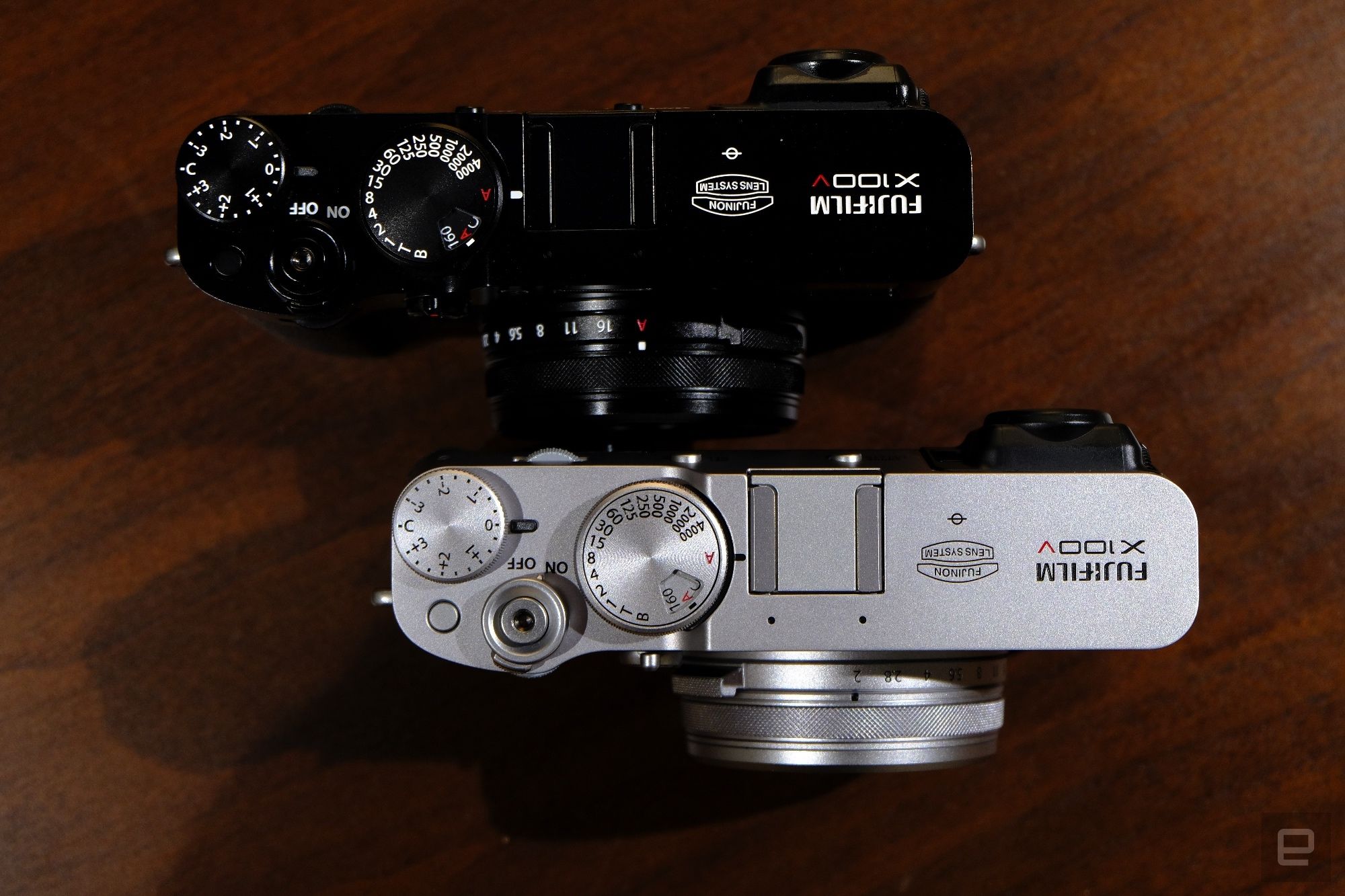
The X100V is the latest in Fujifilm’s famous fixed-lens X100 camera series. Like other models in the lineup, it has an APS-C sensor and a 23mm f/2.0 lens, equivalent to 35mm on a full-frame sensor. You also get the same hybrid optical/electronic viewfinder, mechanical dials, film simulations and good looks as before. But the X100V is the most significant advancement in the series’ history. It has Fujifilm’s latest 26.1-megapixel X-Trans 4 CMOS sensor compared to 24.2-meagpixels on the last model and a new, sharper lens to handle that extra resolution.
A new tilting rear display makes “shooting from the hip” street photography much easier, as does the fast 11 fps/20 fps shooting speeds in mechanical/silent shutter modes. You also get a better hybrid phase- and contrast-detect autofocus (AF) system with more AF points along with face and eye detection. Finally, it now has the same 4K video-shooting features as the X-T30. We’re currently working on our full review, but, spoiler, while it doesn’t come cheap at $1,400, the X100V is the ultimate camera if you’re into street photography.
Ricoh GR III
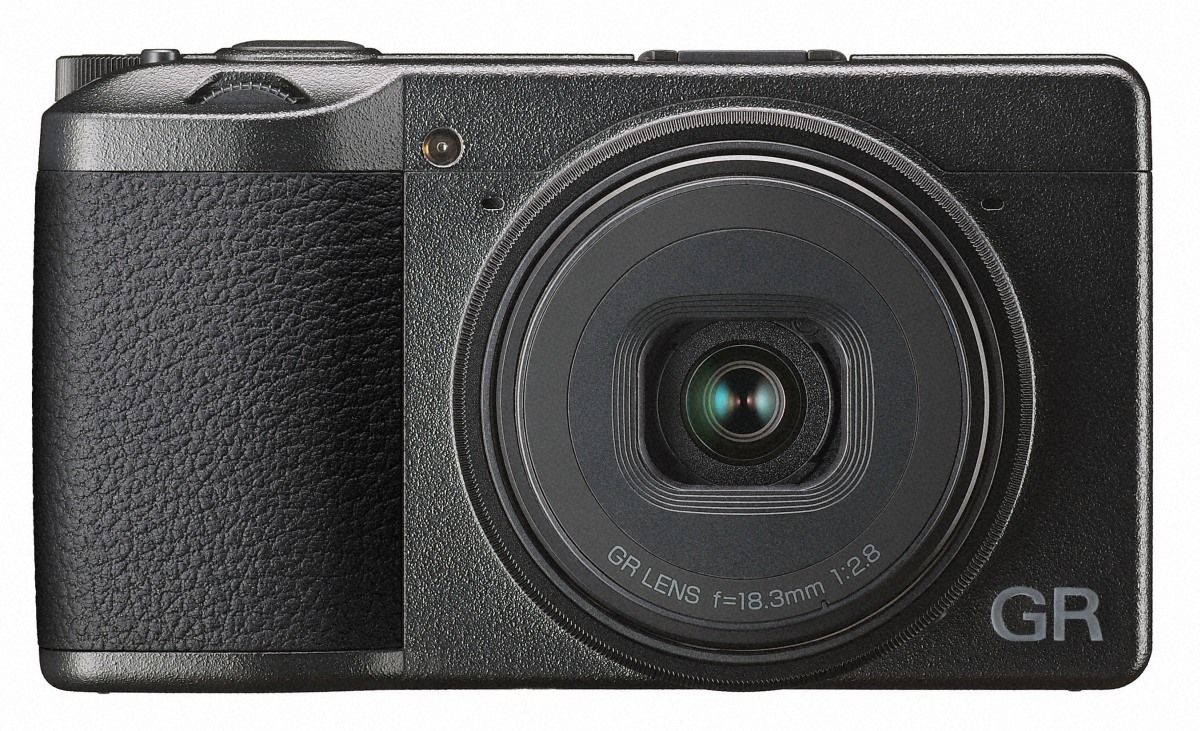
Ricoh’s GR III gives you a 24.2-megapixel APS-C sensor and 18.3mm f/2.8 lens (28mm equivalent), but it costs much less than Fujifilm’s X100 series, at $899. The killer feature of this camera is its small size, meaning you can slip it into a pocket, unlike the X100V. At the same time, you get a rapid phase-detect autofocus system, a sharp lens, built in stabilizer and great RAW image quality. The drawbacks are poor battery life and JPEG images that lack saturation and punch.
Fujifilm XF10

The best bargain in APS-C street photography is without a doubt the $499 XF10. Like the Ricoh GR III, it packs a 24-megapixel APS-C sensor, 28mm-equivalent f/2.8 lens and a nice-looking compact body. It takes sharp images with accurate colors, both in JPEG and RAW mode, too. The drawbacks are limited video options and an autofocus system that’s occasionally inaccurate.
Fujifilm X100F
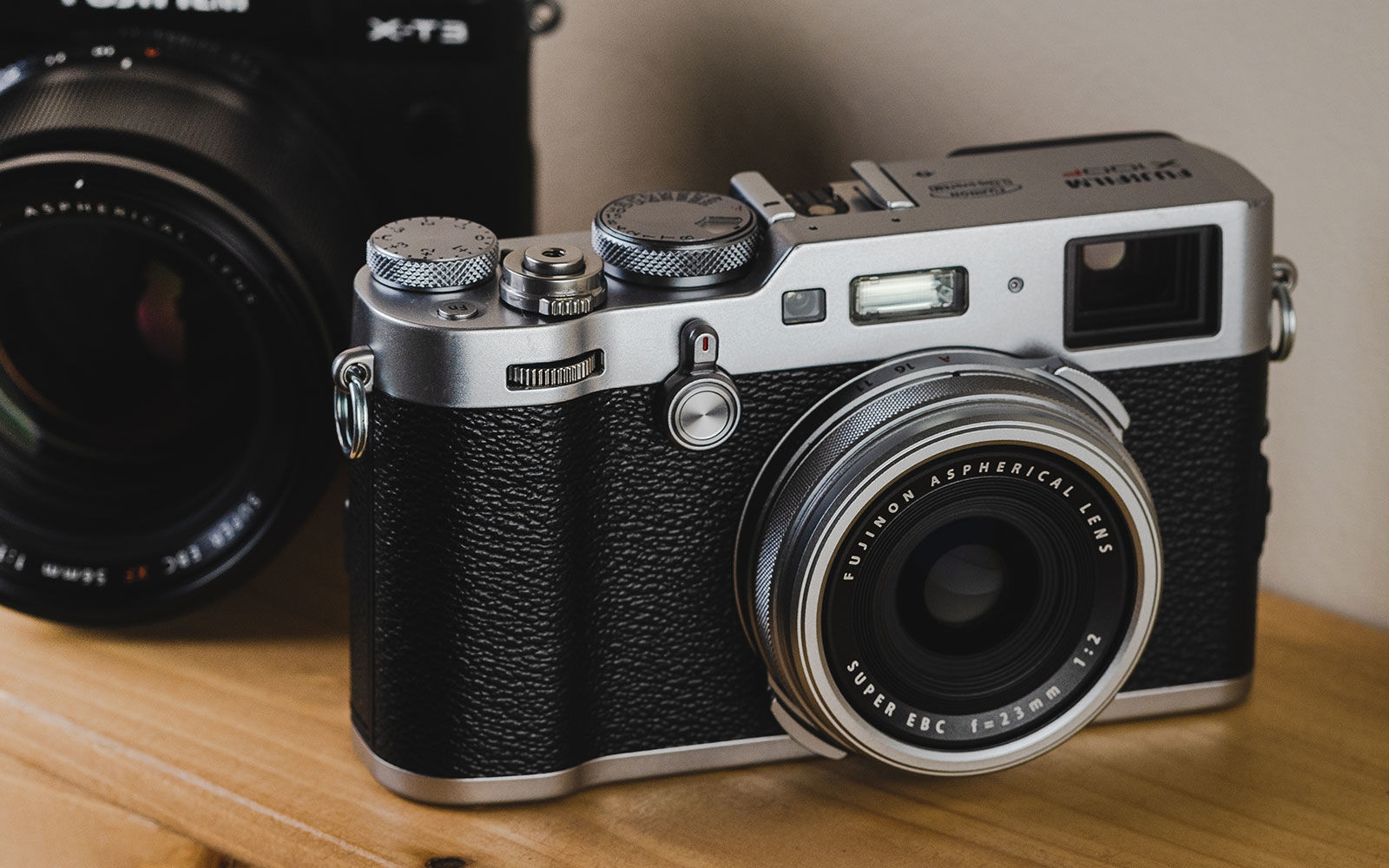
If you want a very similar street camera to the X100V, but prefer to spend less cash, just jump back a generation to the Fujifilm X100F. True, it doesn’t have the latest sensor, lens and flip-up display, but this camera still takes brilliant photos and has ergonomics that are ideal for street photography. Fujifilm’s color science is especially good for skin tones, and you get all the popular simulations like Velvia, Acros and Classic Chrome. Best of all, you can now get the X100F for $1,099, or $200 off the original price.
Zoom compact cameras
For most general types of photography, a regular zoom camera is your best bet, letting you handle landscapes, people photography and some action with aplomb. Cameras like Sony’s RX100 VII and the Canon PowerShot G5X II are also equally good for video.
The downside is that such cameras generally have smaller sensors than their fixed-lens counterparts, falling in between tiny smartphone sensors and larger mirrorless or DSLR cameras. As such, you’ll generally see more noise at higher ISO settings in low light and have less control over the depth of field. All that said, these cameras are very versatile and still deliver much better image quality than a smartphone.
Sony RX100 Mark VII
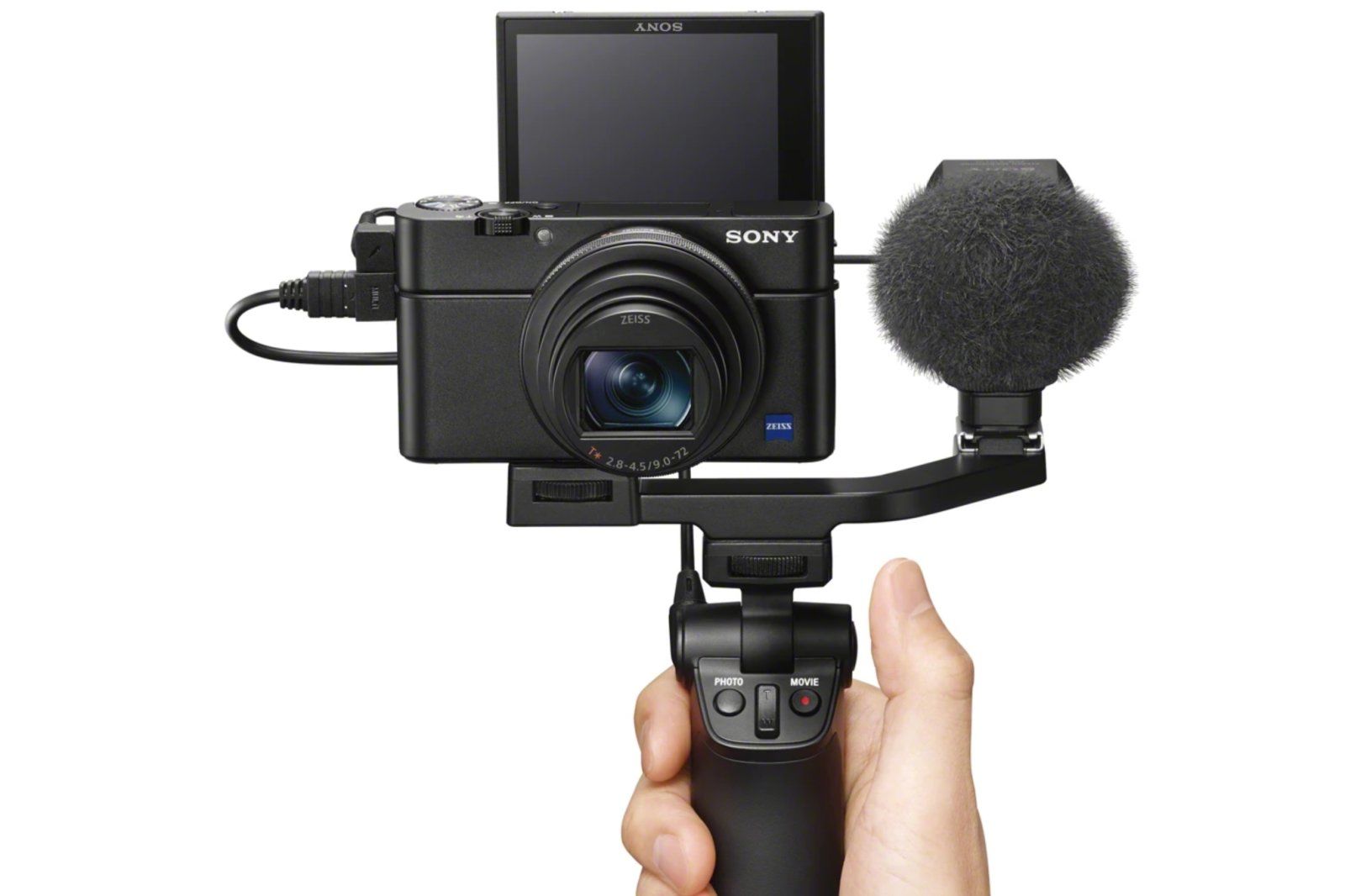
Sony’s latest RX100 Mark VII compact comes with a longer 24-200mm equivalent f/2.8-4.5 lens, making it useful for sports and action along with tourism, portraits and other types of photography. While it lacks the reach of its RX10 IV cousin, the RX100 VII has an autofocus and face-tracking system that’s better than any other compact and even many mirrorless cameras. You can shoot bursts at up to 20 fps, blackout free, and get sharp, realistic RAW and JPEG images at the end. The oversampled 4K video quality is outstanding, too. The main sore points with this camera are the poor handling and very high $1,300 price tag.
Sony RX100 VA
If you don’t need the longer lens on Sony’s latest RX100 VII, the $850 RX100 VA is a good choice. It offers a 20-megapixel stacked CMOS sensor with a fast 24-70mm equivalent f/1.8-2.8 lens. Like most of Sony’s camera lineup, it delivers incredibly fast shooting speeds at 24 fps and lets you shoot continuously for a long while thanks to a deep buffer. At the same time, the autofocus system works at lightning speed, even when using face and subject detection. It’s no slouch at video, either, delivering oversampled 4K video at 30 fps and 1080p at a bonkers 1,000 fps. The drawbacks (again with Sony cameras) include a poor menu interface and lack of a touchscreen and manual controls.
Panasonic Lumix DC-LX100 Mark II
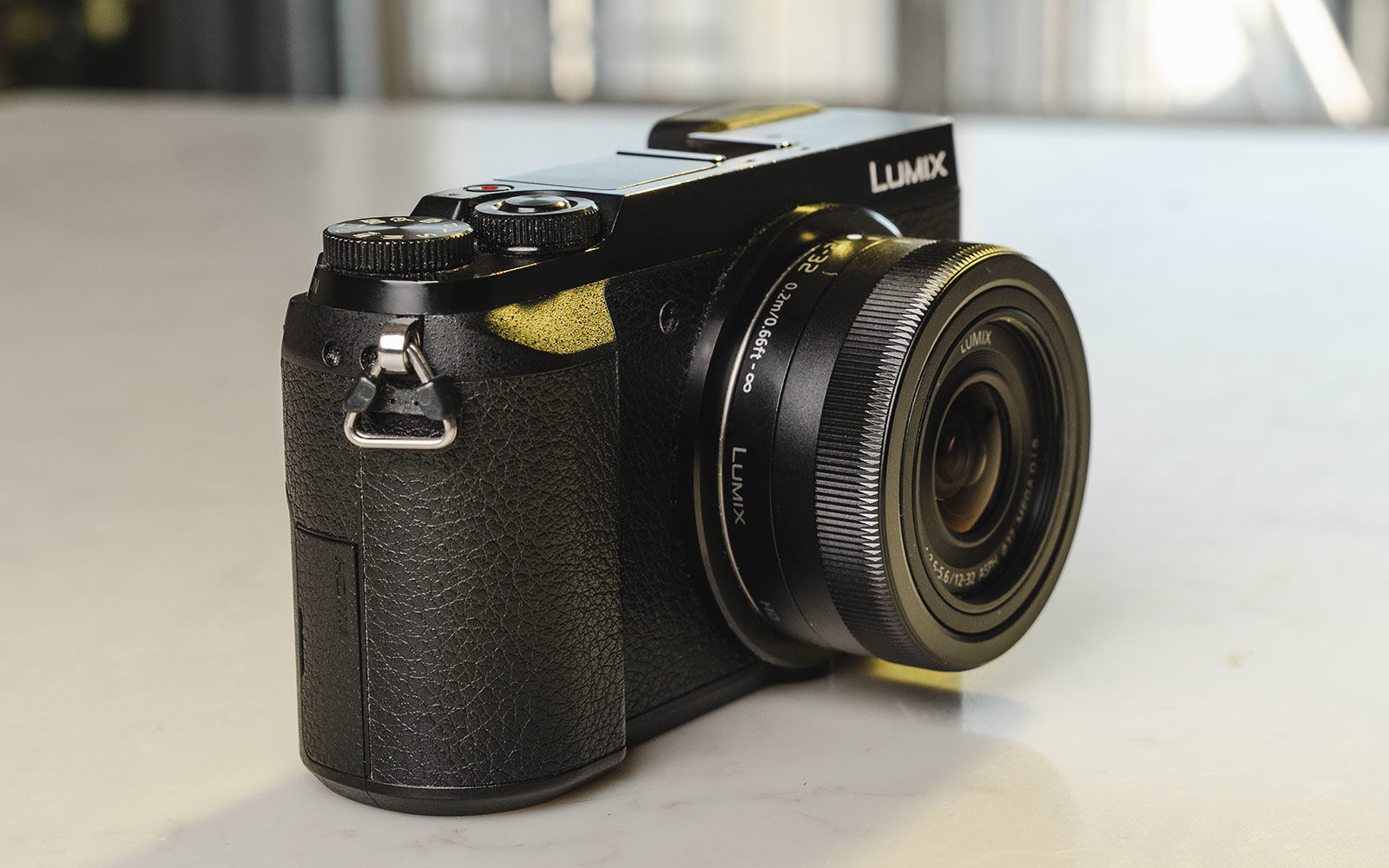
Panasonic’s $900 Lumix LX100 II has a 17-megapixel Four Thirds sensor that’s bigger than on most compact zooms. It has a bright 24-75mm equivalent f/1.8-2.8 zoom lens, so those two things make it very good in low light for a compact. RAW and JPEG image quality is also strong. On the downside, autofocus and burst performance aren’t on par with Sony’s RX100 VA, the screen won’t tilt and there’s a significant crop on 4K video.
Canon PowerShot G5 X Mark II
For a bit more reach on the telephoto end, take a look at Canon’s $900 PowerShot G5 X Mark II. It packs a 24-120mm equivalent f/1.8-2.8 lens, so it’ll take clear shots in low light whether you’re shooting landscapes or sports. At the same time, the 1-inch 20-megapixel sensor delivers sharp photos with life-like skin tones. It’s also got a flip-up screen for selfies and vlogging, decent manual controls and 4K video without tracking. However, burst speeds at 8 fps are a bit slow compared to rivals and the autofocus can’t keep up with Sony’s RX100 VA.
Canon PowerShot G9 X Mark II
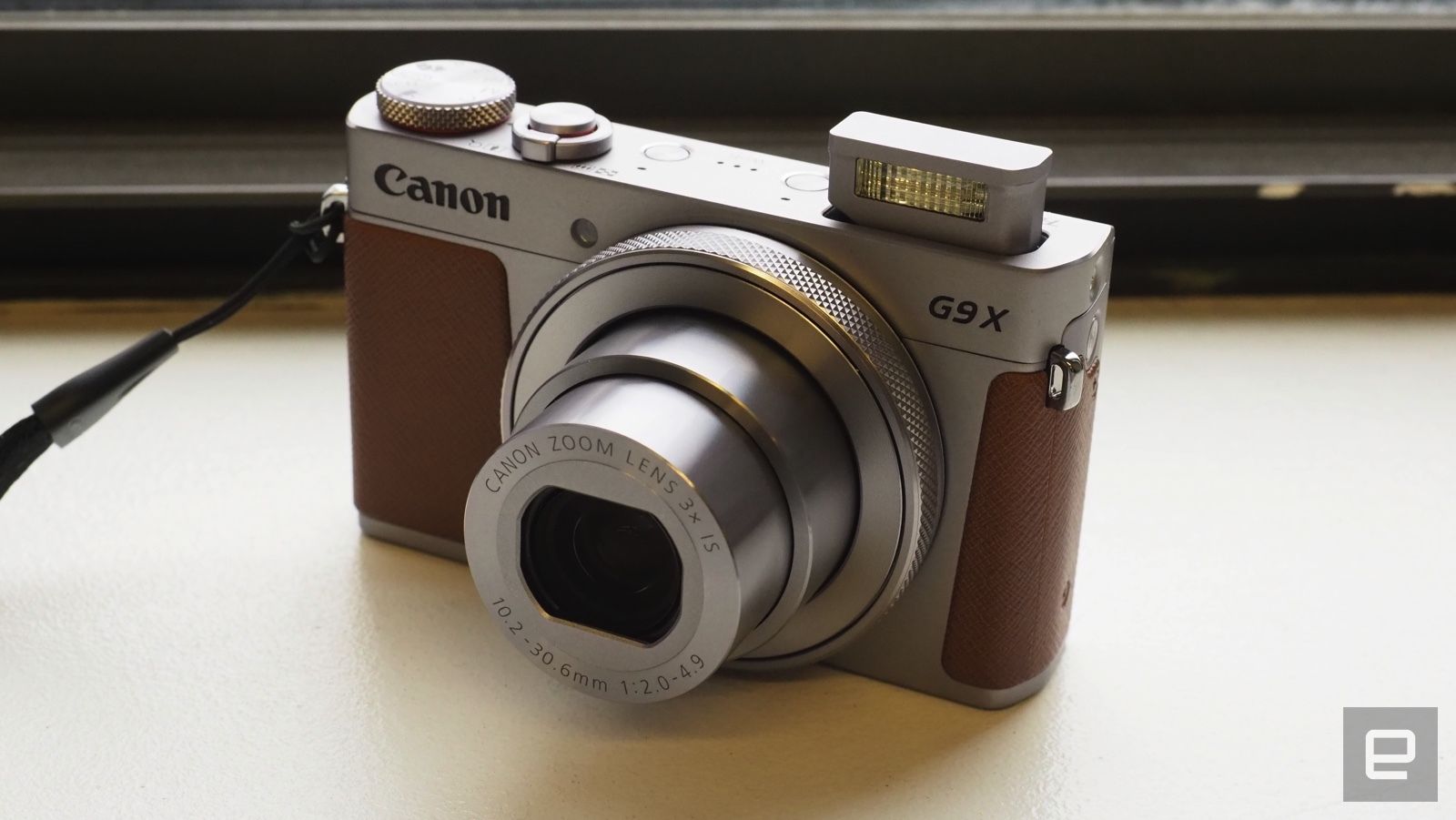
If your budget is limited, Canon’s $429 20-megapixel PowerShot G9 X Mark II offers a good feature set for the price. The 28-84mm equivalent f/2-4.9 lens is reasonably fast, and you can shoot bursts at up to 5 fps. You also get decent manual controls and a great touchscreen. Negative points include a balky continuous autofocus system and poor battery life.
Superzoom (bridge) compact cameras
Since you can’t jump on to an ice rink during a game, you might need a compact with a longer zoom. The superzoom market has expanded of late and includes some models with incredible zoom ranges up to 3,000mm equivalent. Size isn’t everything, though, especially if you’re shooting sports and action. You’ll also need to think about burst shooting speeds and autofocus accuracy. If you like to cover sports on the video side, 4K and slow-mo are also key considerations.
Sony RX10 Mark IV
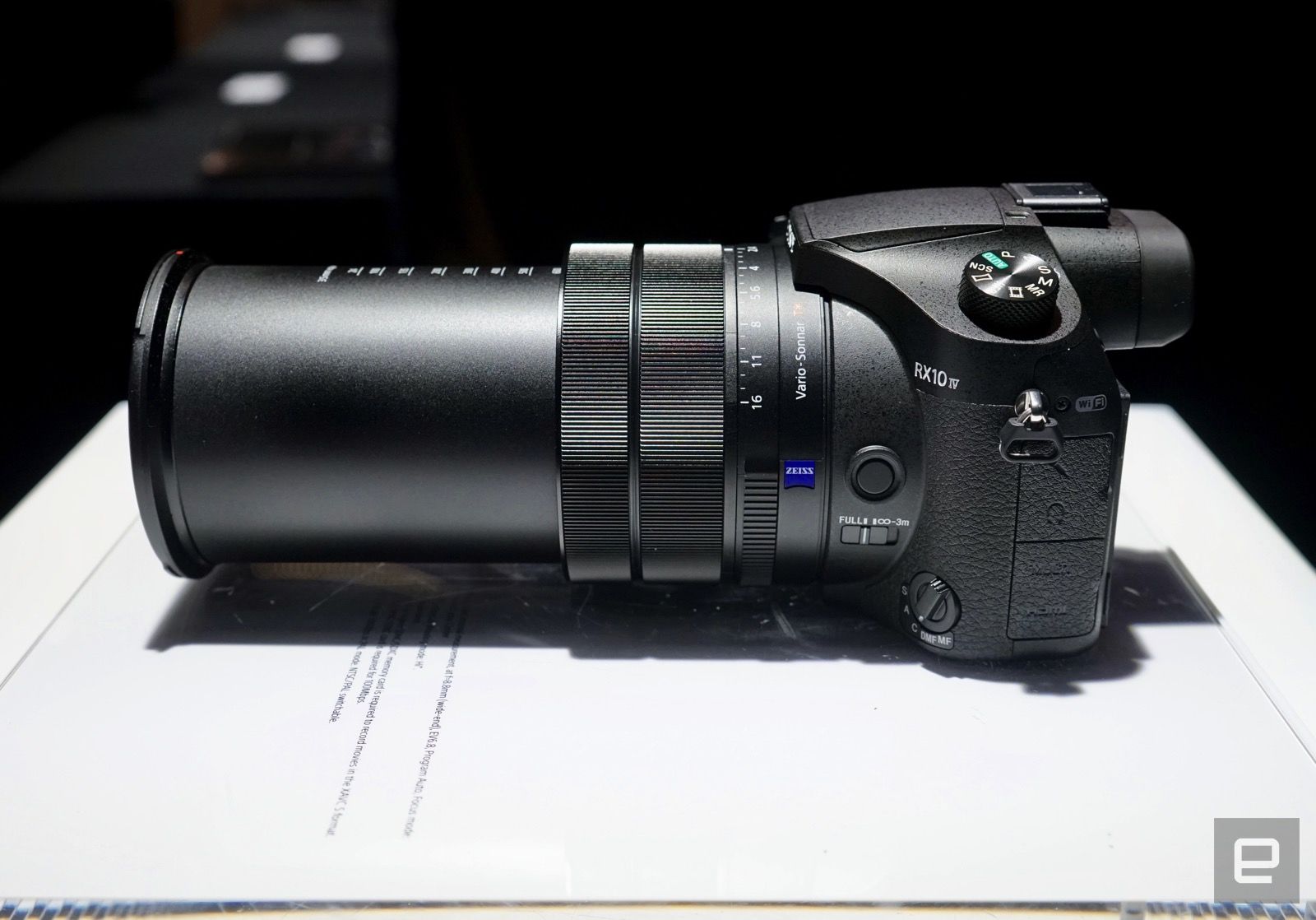
If money is really no object, then Sony’s $1,698 RX10 IV is the best superzoom out there, by far. It packs a very fast and flexible 24-600mm f/2.4-4 zoom, along with a 1-inch 20.1-megapixel sensor that delivers realistic images. Whether you’re shooting sports or fast-moving wildlife, you can shoot bursts at a shutter-melting 24 fps, with a fast-tracking AF system borrowed from Sony’s famous mirrorless models. As we’ve mentioned a couple of times now, the negatives are the poor menu interface and that incredible price tag.
Panasonic FZ2500
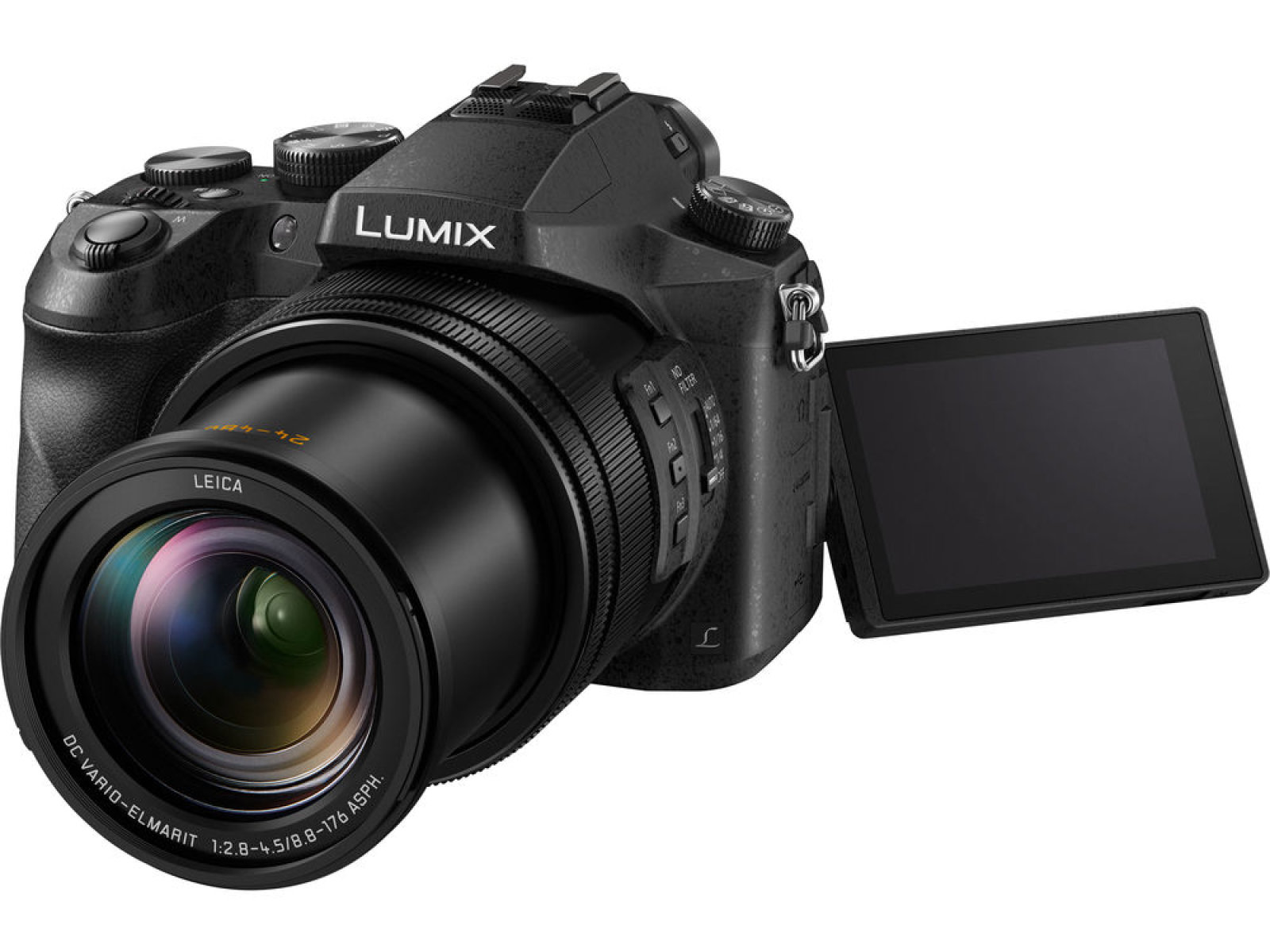
For a huge step-down in price, Panasonic’s $998 FZ2500 still has a great feature set. You get a 1-inch 20.1-megapixel sensor like the RX10 IV, with a slightly smaller and slower 24-480mm f/2.8-4.5 lens. And while shooting speeds are “only” 12 fps, the FZ2500’s autofocus system is very fast and accurate. It’s also built like a tank and gives you fine control over 4K video capture, albeit with a 1.4x crop. Some negatives are a lens that isn’t sharp across the entire zoom range, overly aggressive noise reduction and colors that can look a bit green.
Nikon Coolpix P1000
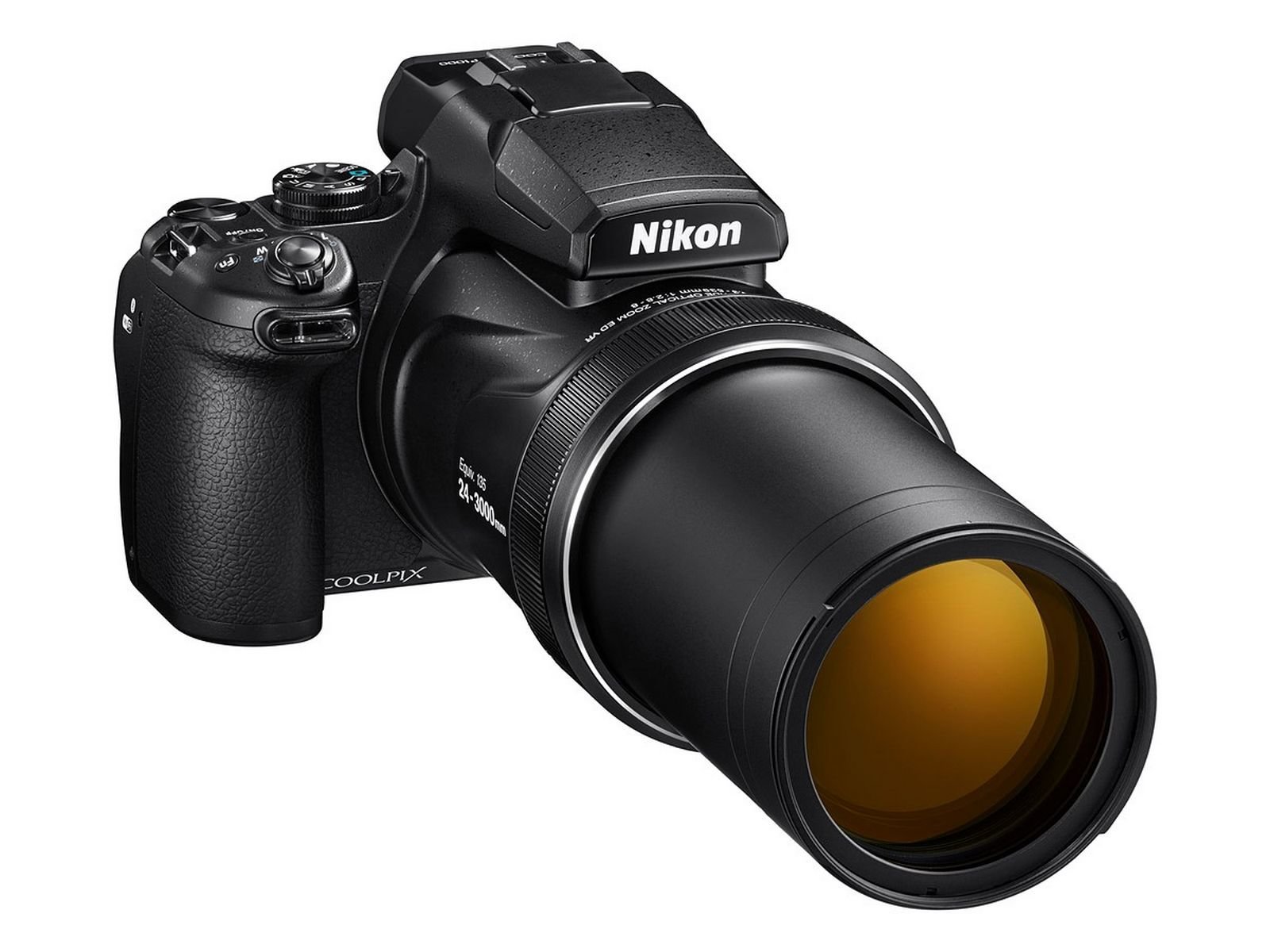
If you’re a wildlife shooter (or spy) who really needs a crazy-long zoom, then Nikon’s Coolpix P1000 is impossible to beat. It has a telescope-like 24-3000mm equivalent f/2.8-8 lens that has famously yielded some pretty wild closeups of the moon, airplanes and other faraway objects (it’s also a favorite in the flat earth community). The drawback is the large 3.2-pound weight, poor battery life and the fact that it’s tricky to keep it still when snapping at the extreme telephoto range. Still, if you’re looking for the ultimate telephoto superzoom, no other camera matches it, period.












